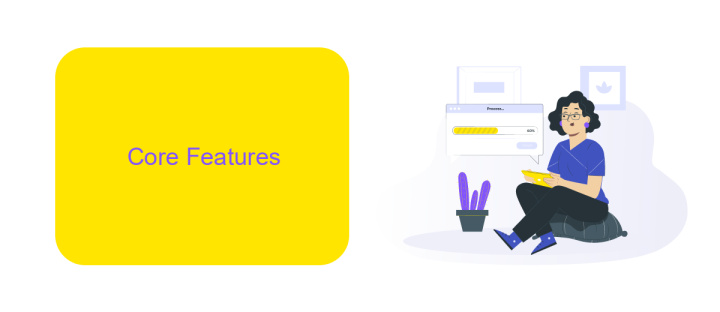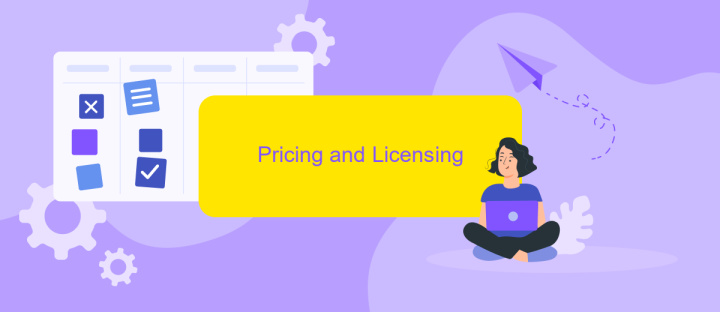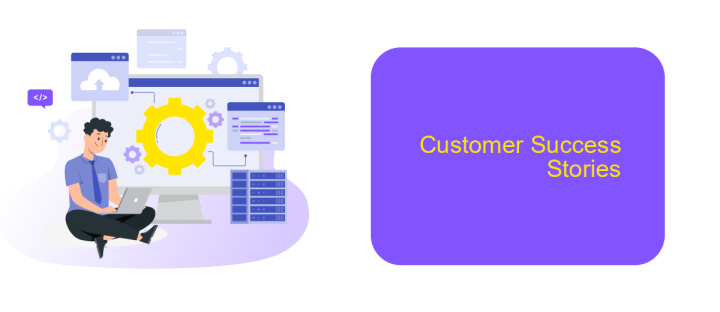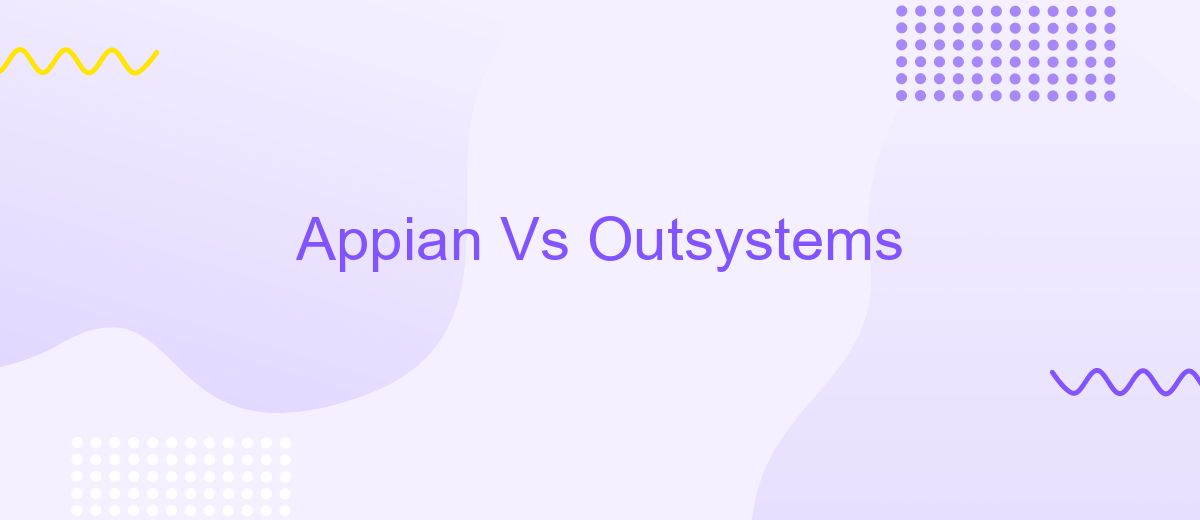Appian Vs Outsystems
Choosing the right low-code platform is crucial for accelerating digital transformation. Appian and OutSystems are two leading contenders in this space, each offering unique features and benefits. This article compares Appian and OutSystems, examining their strengths, weaknesses, and key differentiators to help you make an informed decision for your organization's development needs.
Introduction
In today's rapidly evolving digital landscape, businesses are increasingly turning to low-code platforms to accelerate application development and streamline operations. Two prominent players in this space are Appian and OutSystems, each offering unique features and capabilities to meet diverse business needs. This article aims to provide a comprehensive comparison of these two platforms, helping you make an informed decision.
- Ease of Use: Both platforms offer intuitive interfaces, but differ in user experience.
- Integration Capabilities: Seamless integration with third-party services is crucial for modern applications.
- Scalability: The ability to scale applications efficiently is a key consideration.
- Customization: Flexibility to customize applications according to specific business requirements.
Choosing between Appian and OutSystems can be challenging, but understanding their core strengths can simplify the decision-making process. For instance, if your focus is on robust integration capabilities, leveraging tools like ApiX-Drive can enhance your integration processes. Ultimately, the right platform will depend on your specific business needs and long-term goals.
Core Features

Appian and OutSystems both offer robust platforms for rapid application development, but they differ in their core features. Appian excels with its low-code automation capabilities, providing users with powerful tools for workflow automation, case management, and AI-driven analytics. Its intuitive drag-and-drop interface allows for seamless integration with existing systems, making it easier to streamline complex business processes without extensive coding knowledge.
OutSystems, on the other hand, focuses on delivering high-performance applications with a strong emphasis on scalability and flexibility. It offers a comprehensive suite of tools for full-stack development, including advanced UI design capabilities and real-time performance monitoring. Additionally, OutSystems provides extensive support for third-party integrations, making it easier to connect with various APIs and services like ApiX-Drive, which simplifies the integration process by automating data transfer between different platforms. This ensures that businesses can adapt quickly to changing requirements and maintain a competitive edge.
Pricing and Licensing

When comparing the pricing and licensing of Appian and Outsystems, it's essential to consider the different models they offer. Appian generally employs a subscription-based pricing model that can be tailored to the specific needs of an organization. This allows for scalability and flexibility, making it an attractive option for businesses of various sizes.
- Appian: Subscription-based, customizable pricing.
- Outsystems: Tiered pricing with free, standard, and enterprise options.
Outsystems, on the other hand, offers a tiered pricing structure, which includes a free version for small projects, a standard version for growing businesses, and an enterprise version for larger organizations with more complex needs. Both platforms provide robust integration capabilities, and services like ApiX-Drive can further enhance these integrations by automating data transfer between various systems, ensuring seamless workflows and improved efficiency.
Customer Success Stories

Many companies have experienced significant growth and operational efficiency by leveraging Appian and Outsystems. For example, a global financial services firm used Appian to streamline their customer onboarding process, reducing the time required from weeks to just a few days. This improvement not only enhanced customer satisfaction but also increased the firm's competitive edge.
Similarly, a healthcare provider implemented Outsystems to develop a patient management system. The platform enabled rapid deployment and easy integration with existing systems, resulting in improved patient care and operational efficiency. By adopting Outsystems, the provider was able to cut development time by 50% and reduce costs substantially.
- A leading insurance company integrated ApiX-Drive with Appian to automate policy management, resulting in a 40% increase in processing speed.
- A retail giant used Outsystems in conjunction with ApiX-Drive to seamlessly connect their e-commerce platform with logistics providers, ensuring real-time inventory updates and faster delivery times.
These success stories highlight the versatility and effectiveness of Appian and Outsystems in various industries. By incorporating solutions like ApiX-Drive, businesses can further enhance their capabilities, ensuring smoother integrations and more efficient operations.
Conclusion
In conclusion, both Appian and Outsystems offer robust low-code development platforms, each with its own strengths and unique features. Appian excels in process automation and complex enterprise-grade solutions, making it ideal for large organizations with intricate workflows. Outsystems, on the other hand, shines in rapid application development and ease of use, catering to businesses looking to quickly develop and deploy applications with a focus on user experience.
When considering integration capabilities, services like ApiX-Drive can complement both platforms by providing seamless API integrations, enhancing the overall efficiency and connectivity of your applications. Ultimately, the choice between Appian and Outsystems should be guided by your specific business needs, project requirements, and long-term strategic goals. By carefully evaluating these factors, you can select the platform that best aligns with your organizational objectives and maximizes your development potential.


FAQ
What are the primary differences between Appian and OutSystems?
Which platform is better for large-scale enterprise applications?
How do Appian and OutSystems handle integrations with other systems?
Which platform offers better support and community resources?
Can non-developers use Appian and OutSystems effectively?
Routine tasks take a lot of time from employees? Do they burn out, do not have enough working day for the main duties and important things? Do you understand that the only way out of this situation in modern realities is automation? Try Apix-Drive for free and make sure that the online connector in 5 minutes of setting up integration will remove a significant part of the routine from your life and free up time for you and your employees.

